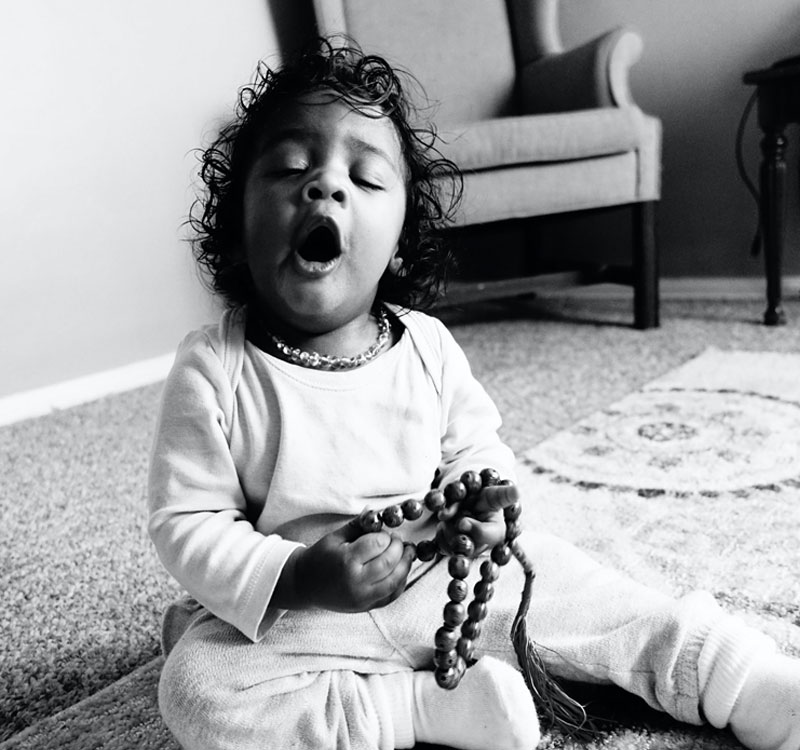If you have a toddler, you probably already experienced the shift in their attitude towards life. From mealtimes to bath times, you now know very well the saying “choose your battles”. Sleep and nap times have these battles, making toddlers’ sleep very different from infant sleep.
What Has Changed?
Toddler’s sleep changes around the 18 months regression, or as I like to call it- progression. Around 15-18 months, there is a massive cognitive and emotional development. On top of that, there are biological changes that lead to a shift to one nap. That may mean an overtired child, which comes with all sets of “difficult” behaviours that toddlers already have due to lack of language and their new big emotions that they cannot regulate. Your child is now testing the boundaries, your patience and how far they can go with all of the requests they have, especially around bedtime.
Furthermore, around 15-24 months, toddlers experience a second experience of separation anxiety. Remember the 8-9 months regression? That was also about object permanence and learning that things and people still exist even if the child cannot see them. (click here to read more about this in the blog I dedicated to developmental stages and sleep)
Well, separation anxiety in toddlerhood is slightly different because your child already knows that you exist even when they can’t see you. Now they develop other fears, so they might think: where did my dad go? Will he come back to the room if I need him? I guess now your child is afraid to “lose” you even for a short time. Your child wakes up briefly after each sleep cycle overnight, but these new fears and other fears will cause them to arouse from their sleep fully or not go to sleep at all.
So What To Do?
Your approach is everything! Be consistent with the right one, and your toddler will stop testing you at sleep time and any other time for that matter.
Children need stability and consistency to help them make sense out of their day so, the more you stick to the daily routine, nap routine, and bedtime routine, the calmer and more reassured they’ll be. That means well established biological clock when naps and bedtime roughly at the same time each day. If the bedtime routine includes two books, don’t let them talk you into a third one (obviously, you don’t always want to be strict like that).
If you feel your toddler has everything they need; fed well, clean and not overtired, then you can use a more distant approach like leave and check or Spaced Soothing. Limit your verbal interaction and avoid being sucked into conversations with them. There are many different tricks your toddler may try, like fake crying or throwing things out of the cot/bed. Toddler’s sleep can be tricky but I can assess and provide a suitable approach to all these toddler tricks for you.
What if your child is experiencing separation anxiety?
In that case, you will want to give more reassurance and be more present but with minimal touch and shushing. Try not to help them fall asleep no matter how impatient you are. Your child knows how to put themselves to sleep; they just need you there for reassurance.
Trust that this is a skill that cannot be unlearnt. Give it time and try not to introduce unwanted habits. If your child has well established biological clock and an excellent stable routine, they will soon be settled again.
The 18 months regression is not a time to introduce any changes. If you think of sleep training, you may want to do it before this regression starts. Feel free to contact me for any advice and to discuss the best time to sleep train your child.
Love and sleep,
Meital.
You might be interested to read the below blog post as well






